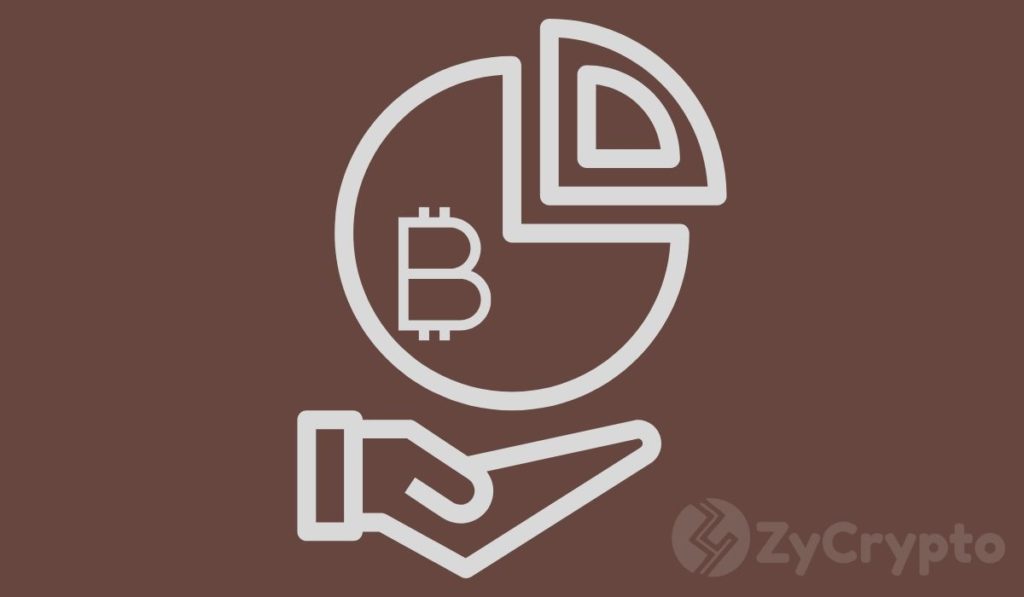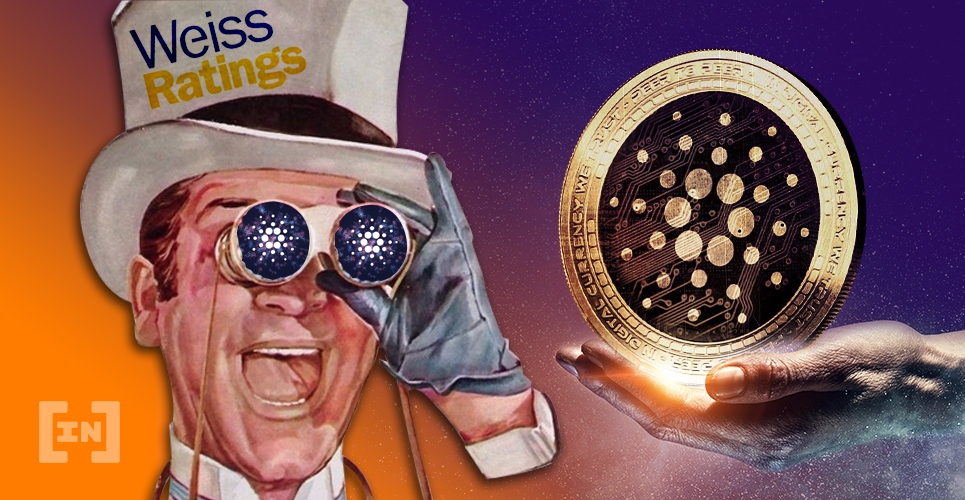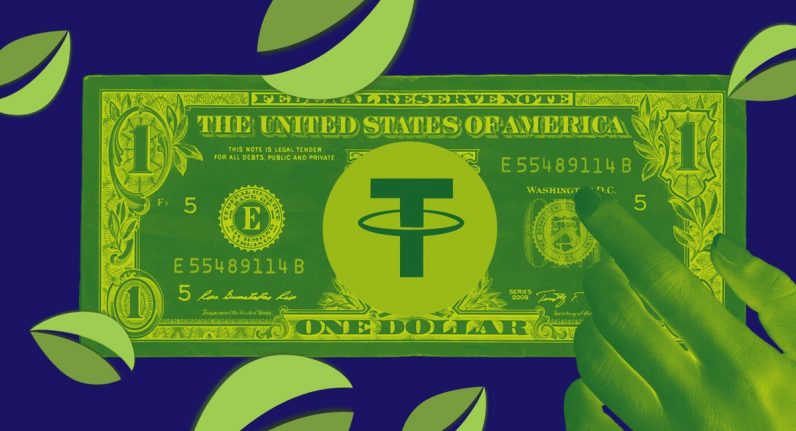2021-10-23 20:00 |
The stablecoin is becoming a central part of cryptocurrency, and there has been much talk about regulation recently. There seems to be much floundering around, trying to get a handle on just how to do this.
The responsibility for regulating or monitoring stablecoins moves from agency to agency, with United States Congress making occasional forays into the field.
The argument seems to be that stablecoins are just too new and innovative to get a handle on them. However, a model already exists for regulating stablecoins, which are just a new utility token that conveys value. The problem is that few remember it.
Looking at National Bank Notes for helpBetween 1863 and 1933, there was another utility token that conveyed value, a paper one. For 70 years, private banks issued National Bank Notes under the guidance of the U.S. government.
To issue what was a private banknote, a bank had to do basically three things. These are:
Become a national bank.Deposit backing reserves for the notes.Issue only approved banknotes.Does this sound familiar? A stablecoin issuer has to mint a token that is blockchain compliant and hold reserves. It does not have to become a bank, but this is what the STABLE Act was suggesting should happen. But, back to National Bank Notes.
The U.S. National Bank Note system was primarily governed by three U.S. government agencies. Each agency was responsible for monitoring one component of the system to ensure the stability of National Bank Notes. These components were the token, the issuer, and the reserves.
Roles and responsibilitiesThe token, the banknote itself, was the responsibility of the Treasury Department’s Bureau of Engraving and Printing. This bureau designed and printed the note, ensuring that it was user friendly, able to withstand daily use, and secure from counterfeiting.
Banks issuing National Bank Notes could only issue notes the Bureau of Engraving and Printing supplied them. The bureau was also responsible for the research and development of the banknotes and was the expert in the banknote field.
The issuer, the national bank, was the responsibility of the Treasury Department’s Office of the Comptroller of the Currency (OCC). This office first began operating in 1863. Its express purpose was regulating the National Bank Note system.
It was to monitor the flow and exchange of National Bank Notes and to ensure the stability and financial health of the issuing banks. To this day, the auditing of national banks is the principal function of the OCC.
It also had the authority to shut down a national bank for failure to follow the rules or if it was on the verge of bankruptcy. The OCC would then oversee the redemption of the failed bank’s notes from the bank’s reserves.
The reserves, the U.S. Treasury securities used to back National Bank Note issuance, were the responsibility of the Treasury Department’s Office of the Treasurer. As a result, the Treasurer’s signature is even visible on current Federal Reserve Notes.
The Treasurer’s Office had a long history of handling and safekeeping securities. It would deposit and release U.S. Treasury securities as needed to match the expansion and contraction of a bank’s National Bank Note issuance. It would also pay the bank any interest it earned on those securities.
What this means for stablecoinsSo, from 1863 to 1933, there was a system to monitor and regulate the private issuance of a paper token backed by reserves. The components were the token, the issuer, and the reserves.
However, in the stablecoin world, the token is electronic. Otherwise, much looks the same as when National Bank Notes were issued. If we applied this model to stablecoins, what would the regulatory system look like?
Monitoring a stablecoinFirstly, we need someone to monitor the token itself. I propose the creation of a Bureau of Monetary Technology within the U.S. Treasury Department by drawing on existing experts within the department.
Like the Bureau of Engraving and Printing in the National Bank Note system, this new bureau would have the responsibility of setting minimum design requirements for a stablecoin to provide security and functionality and spearhead stablecoin development.
In addition, stablecoin issuers would have to meet these criteria for their tokens to be approved for issuance. The Bureau of Monetary Technology would become the expert in e-money and cryptocurrency, sharing its knowledge with other parts of the Treasury.
Issuing a stablecoinSecondly, we need someone to watch over the stablecoin issuers. As stablecoin issuers are narrow banks, this should be the purview of the OCC.
The OCC should establish a separate division to audit and monitor stablecoin issuers just as they do the rest of the banking system.
As with the National Banking System, the OCC will have the power to set guidelines for the operation of stablecoin issuers, conduct regular audits, examine the financial health of the issuers, and have the authority to shut down an issuer that is violating the rules or is in danger of failure.
They will also oversee the repayment of any outstanding stablecoins of such an issuer from its reserves.
Custody of a stablecoinThirdly, we need someone to custody the reserves backing a stablecoin issuance. The OCC has already authorized national banks to do this. As a result, I think it would make more sense for the Federal Reserve to perform this function, which was conducted by the Treasurer’s Office for National Bank Notes.
The Fed already holds accounts for banks, monitoring them, and paying interest on the assets held. Also, as stablecoins can impact monetary policy, it makes sense for the Fed to be fully aware of the reserves held, which would be in U.S. dollars and U.S. Treasury securities.
In addition, the Fed may also be given the power to control the release of reserves to pay back stablecoins in the event of a “bank” run or other emergencies.
Building on what already exists for futureBy establishing a U.S. National Stablecoin System, the major components of any circulating stablecoin will be monitored to ensure the safety of the individual stablecoin user and of the entire U.S. monetary system.
In addition, already existing Government entities with experience in providing like services to the traditional banking industry can oversee these functions.
The post We Need a National Stablecoin System in the United States appeared first on BeInCrypto.
origin »USDx stablecoin (USDX) на Currencies.ru
|
|























